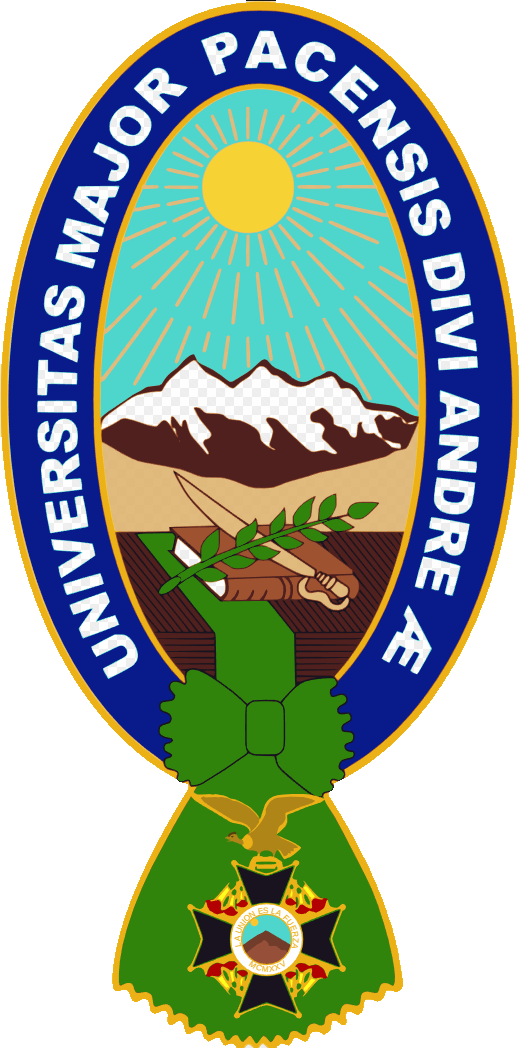“The long hope” a critical analysis of the american indian way discourse reflected in the text “The american indian and the long hope” by John Collier
Fecha
2022Autor
Dueñas Averanga, Euclides Antonio
Tutor
Rojas Candia, Elizabeth, tutora
Metadatos
Mostrar el registro completo del ítemResumen
This study is concerned with the American Indian way reflected in the text “The American Indian and The Long Hope” written by former U.S. Commissioner of Indian affairs, John Collier. From the point of view that human civilization and culture have been originated by language, we examine the configuration of the Long Hope as the concept that expresses the American Indian living experience in Collier’s text. Therefore, the purpose of the present study is to examine the concept of the Long Hope in the American Indian way discourse. In so doing, we explore the text “The American Indian and The Long Hope” by John Collier. Overall, we intend to identify the discursive devices and symbolic structures that configure the world-view of the American Indian way. The analysis of the linguistic forms, such as the use of pronouns, the use of metaphors and other rhetorical devices, and lexical elements allowed us to interpret the concept of “Long Hope”. Likewise, the current study takes the three-dimensional model developed by the critical discourse analyst Norman Fairclough, in order to interpret the discourse devices and symbolic structures that the Long Hope displays when referring to the American Indian way. The present study is qualitative in nature, and hermeneutic regarding the approach. The main findings of the research allowed us to infer that the American Indian way is based upon the Long Hope discourse, which eminently denotes a reasonable sense of living according to the overriding human principles of Native American society, that is: their ancient ethical rationality. Thus, the interpretation of John Collier’s text is a dialectical process in which the author gratefully claims his experience on the American Indians by using several linguistic resources such as: Language meaning in context (word and phrase meaning), Cohesive elements and Deixis, and Figures of speech.

